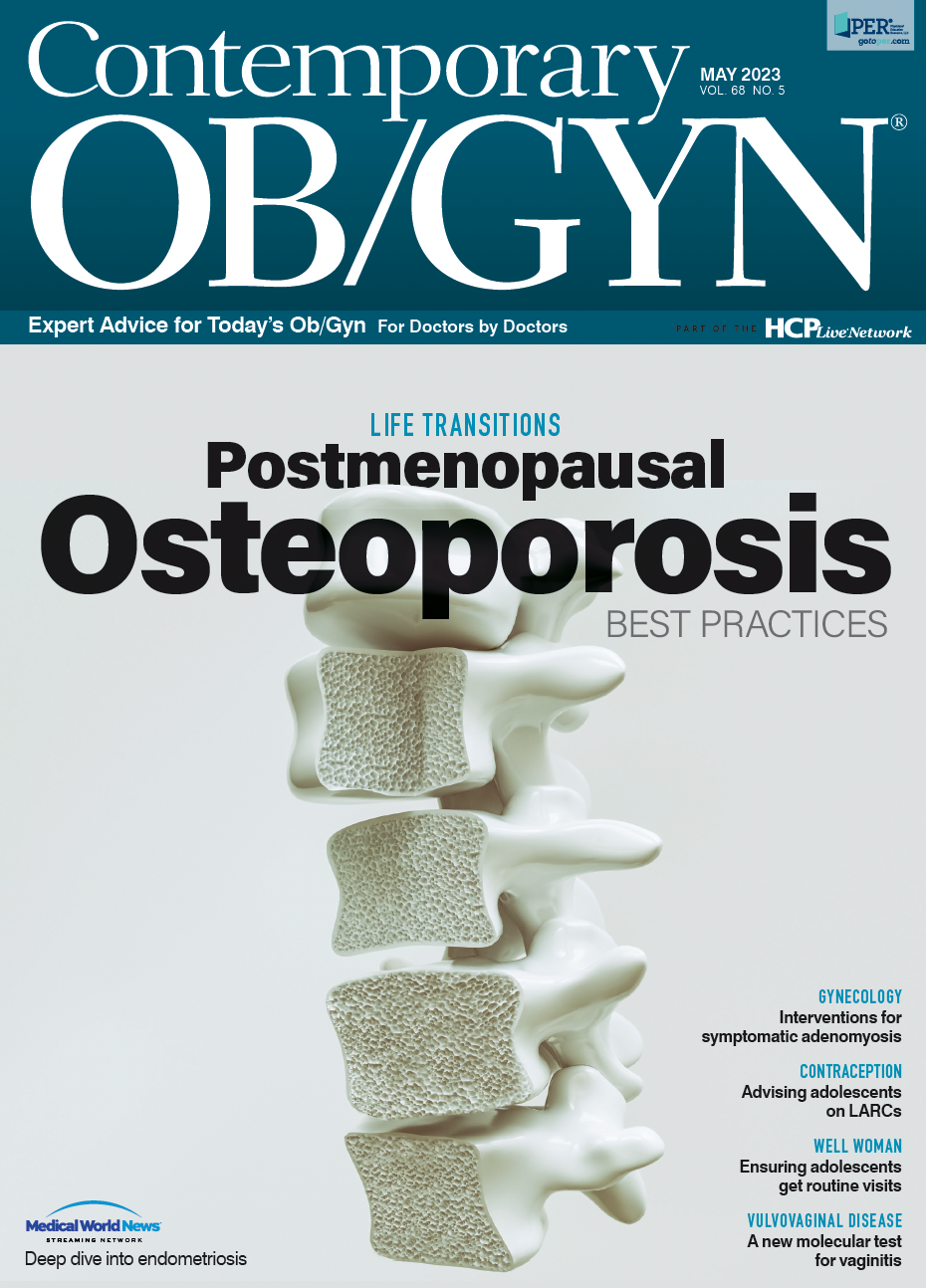Miscarriage management in emergency departments vs outpatient clinics
In a recent study, active management for early pregnancy loss, also known as miscarriage, was seen less often in emergency departments compared to outpatient clinics.
Patients with early pregnancy loss (EPL) are less likely to be given active management when diagnosed in the emergency department (ED) compared to outpatient clinics, according to a recent study.
EPL, also known as miscarriage, is 1 of the most common complications in pregnancy, affecting up to 20% of pregnancies. EPL is defined as, “a nonviable, intrauterine pregnancy within the first 12 weeks of gestation.”
Multiple patients visit the ED to manage EPL for reasons such as ease of access, lack of an established physician, and perceived sense of urgency. Among all ED visits, EPL or bleeding make up 2.7%.
Treatment options include medication management, expectant management, or surgical management. These treatments are all available at most outpatient clinics but may not be available for patients in EDs.
Prior studies have indicated different outcome for patients seeking care for EPL at an ED compared to an outpatient clinic, reporting a lack of adequate communication, follow-up, and emotional support.
To determine the characteristics and clinical outcomes of patients presenting to the ED for EPL vs outpatient clinics, investigators conducted a retrospective cohort study. Participants included US pregnant individuals aged 15 to 49 years with EPL from October 2015 to December 2019.
Eligibility for 90 days before and 60 days after index EPL diagnosis was necessary for inclusion. Exclusion criteria included having a diagnosis of ectopic or molar pregnancy concurrent to EPL, induced abortion, stillbirth, and evidence of recent EPL management.
The primary exposure of the study was location of service, defined as either ED or outpatient setting. The MarketScan place-of-service code variable was used to determine service location. Covariates included age, insurance policy status, metropolitan statistical area status, geographic region, type of insurance plan, and year of index EPL diagnosis.
EPL management was the primary outcome measured during the study. Surgical management was determined by patients undergoing a uterine aspiration procedure within 7 days of being diagnosed with EPL.
Medication management was determined by patients being given mifepristone or misoprostol within 7 days, and expectant management was determined by patients not receiving surgical or medication management within 7 days. Patients receiving surgical or medication management were considered active management.
Hospital admission and complications were measured as secondary outcomes, with hospitalizations related to EPL and hospitalizations for all indications examined. ICD-10-CM diagnosis codes, ICD-10-CM procedure codes, and Current Procedural Terminology codes were used to measure complications.
There were 117,749 patients included in the study, 82.3% of which received initial care in an outpatient setting and 11.7% of which received initial care in an ED. The mean age of the ED group was 29.6 years and the outpatient clinic group 32.2 years. In the ED group, 24.7% of patients were at least 35 years old, compared to 36% of the outpatient clinic group.
Dependence on an insurance plan was seen in 22.1% of the ED group and 8.6% of the outpatient clinic group. An increase in the rate of patients visiting an ED for EPL management was observed over time. At least 1 medical comorbidity was seen in 25.3% of the ED cohort and 16% of the outpatient cohort.
Significant differences in primary management were observed between the 2 groups, with surgical management seen in 24.3% of the outpatient group and 14% of the ED group, and medication management seen in 11.2% of the outpatient group and 5.4% of the ED group.
The location of initial EPL treatment continued to have a significant association with EPL management. Active management was less likely to be given to patients initially presenting to the ED with dependence on an insurance policy. Complications such as needing a blood transfusion or additional surgery were more often seen in patients presenting to the ED.
Investigators hypothesized the differences in care for ED patients vs outpatient clinic patients may reflect barriers to EPL management options and recommended further research on these differences.
Reference
Benson LS, Holt SK, Gore JL, et al. Early pregnancy loss management in the emergency department vs outpatient setting. JAMA Netw Open. 2023;6(3):e232639. doi:10.1001/jamanetworkopen.2023.2639

S1E4: Dr. Kristina Adams-Waldorf: Pandemics, pathogens and perseverance
July 16th 2020This episode of Pap Talk by Contemporary OB/GYN features an interview with Dr. Kristina Adams-Waldorf, Professor in the Department of Obstetrics and Gynecology and Adjunct Professor in Global Health at the University of Washington (UW) School of Medicine in Seattle.
Listen
Study shows a healthy prenatal diet could be upstream obesity prevention strategy
December 26th 2024"Our findings support the recommendation of a healthy diet based on the current guidelines (as measured by the HEI) during pregnancy, since it may reduce patterns of infant growth outside reference ranges."
Read More
Early pregnancy cannabis use high in states with recreational legalization
November 11th 2024A population-based time-series analysis California before, during and after legalization show a rising trend in women using cannabis while pregnancy especially when the state has legalized the drug.
Read More
